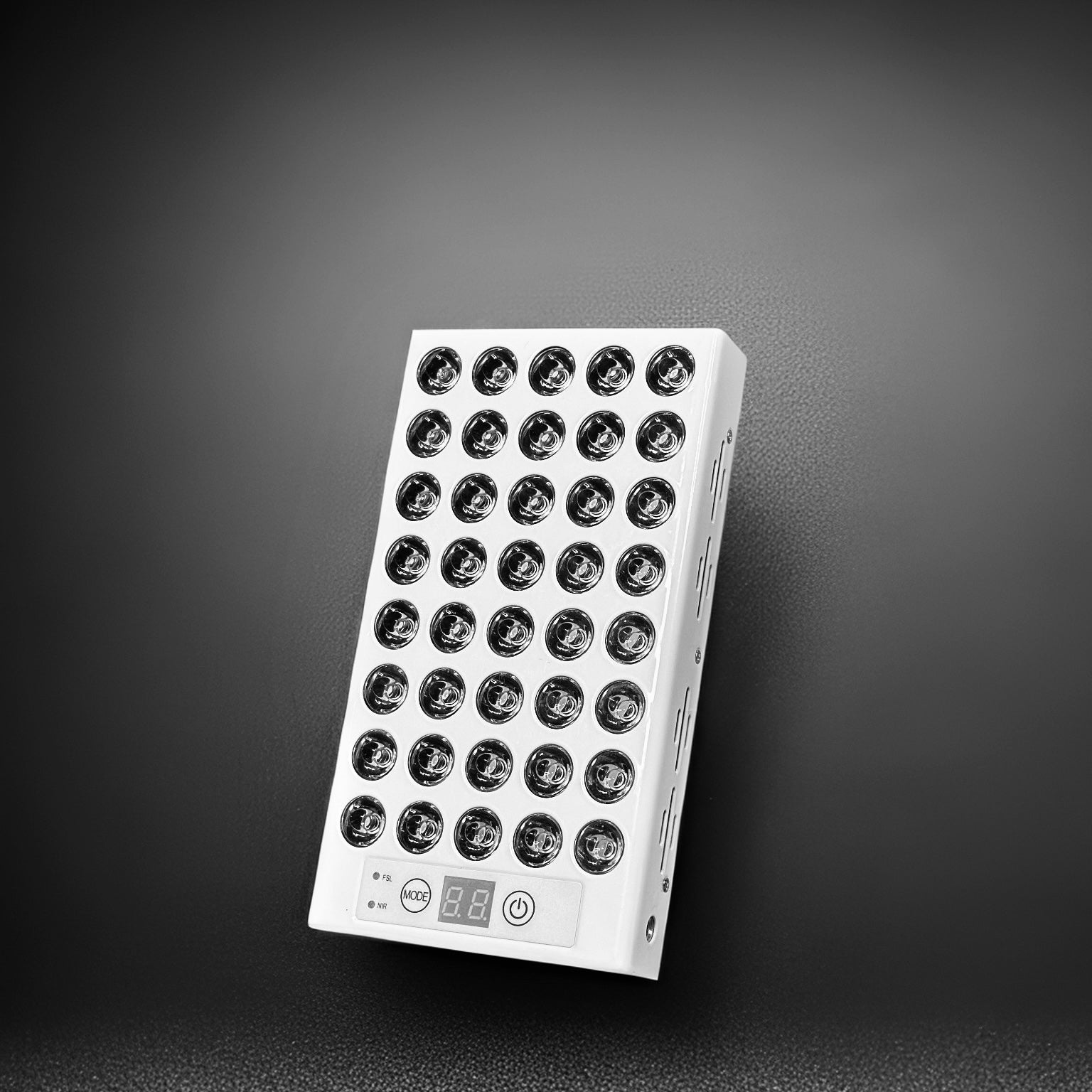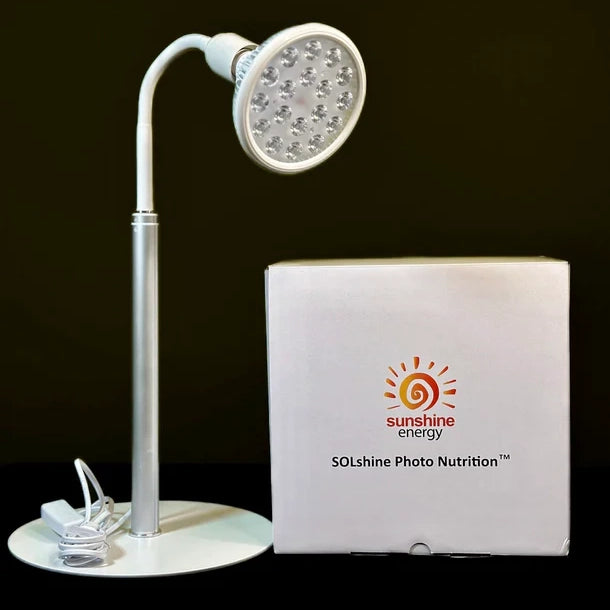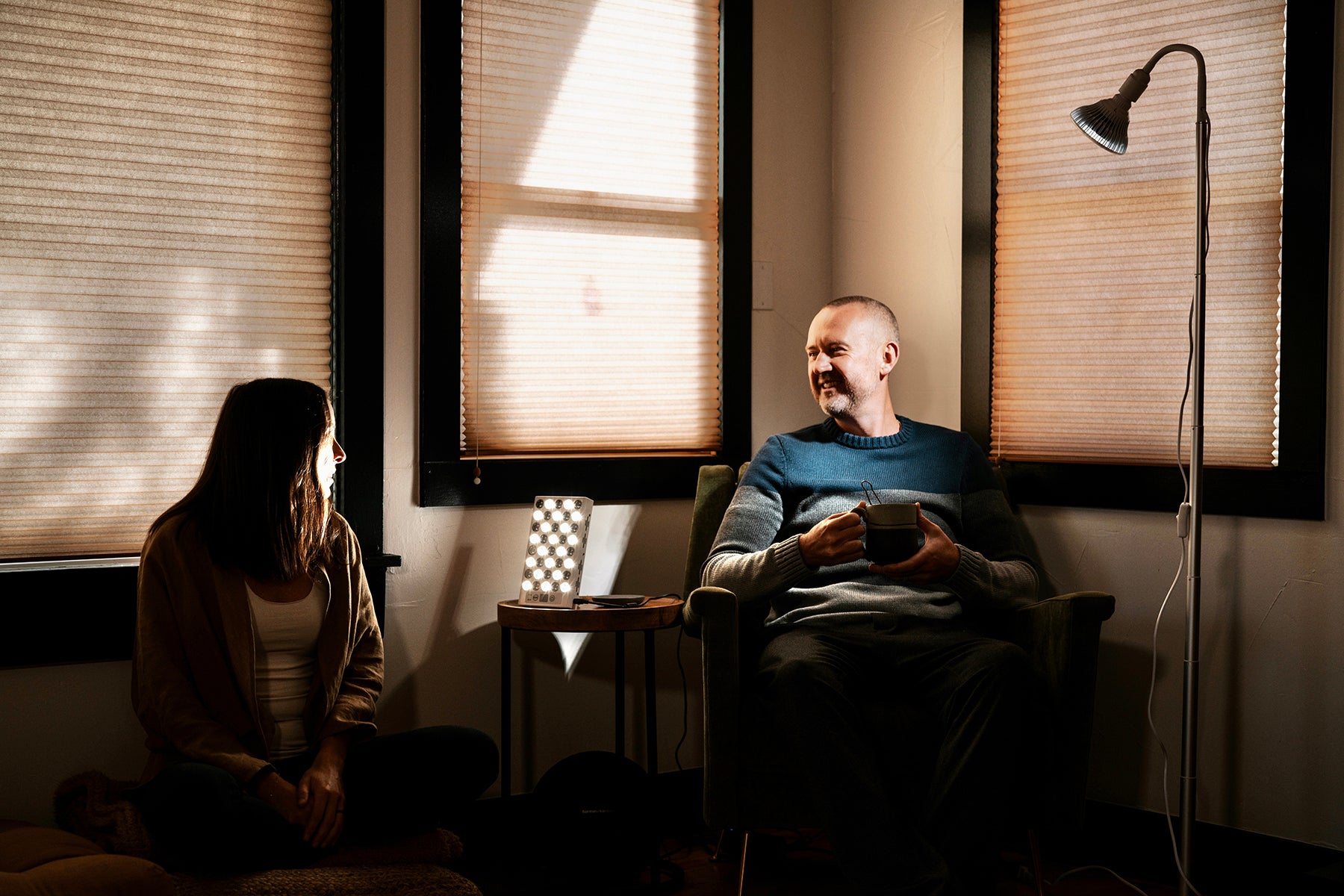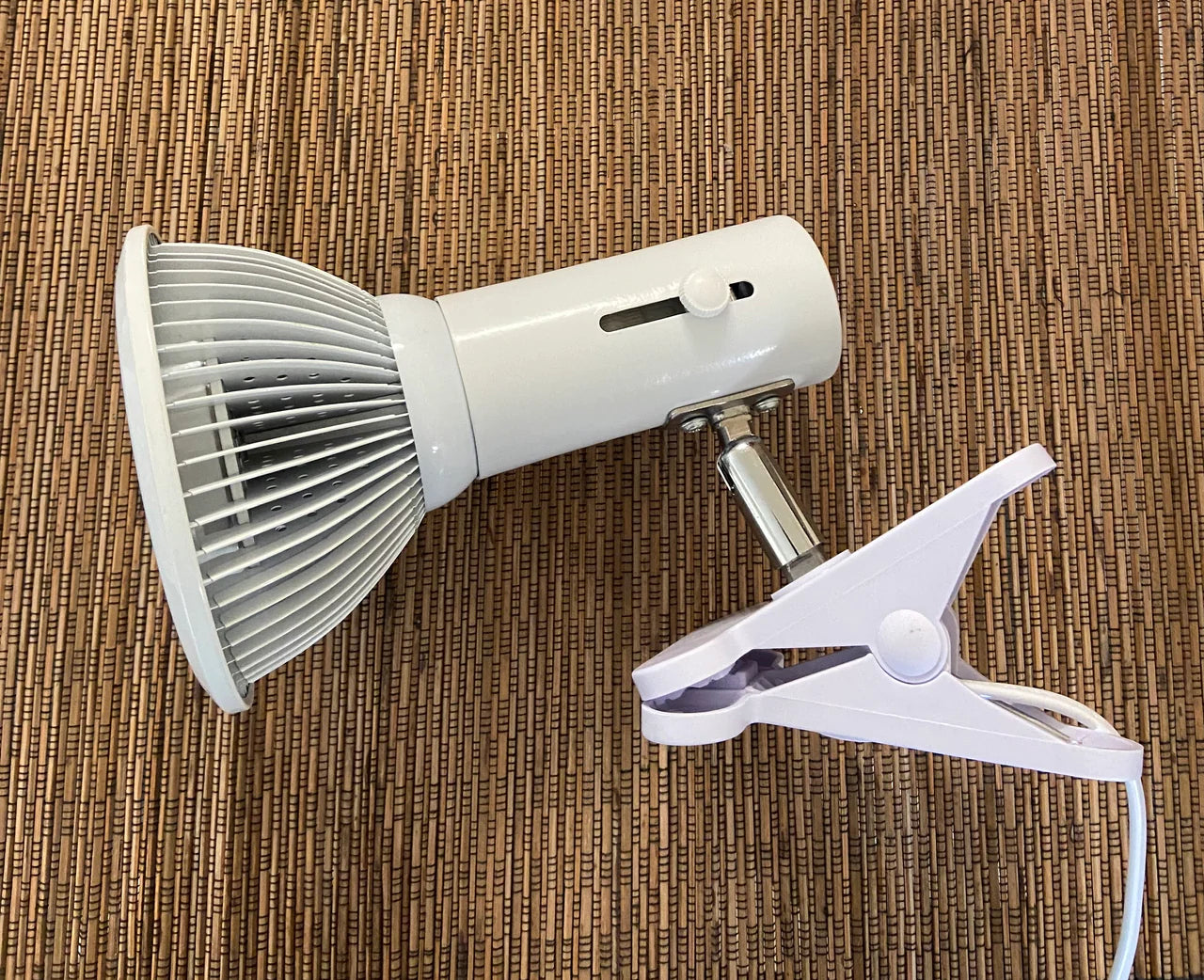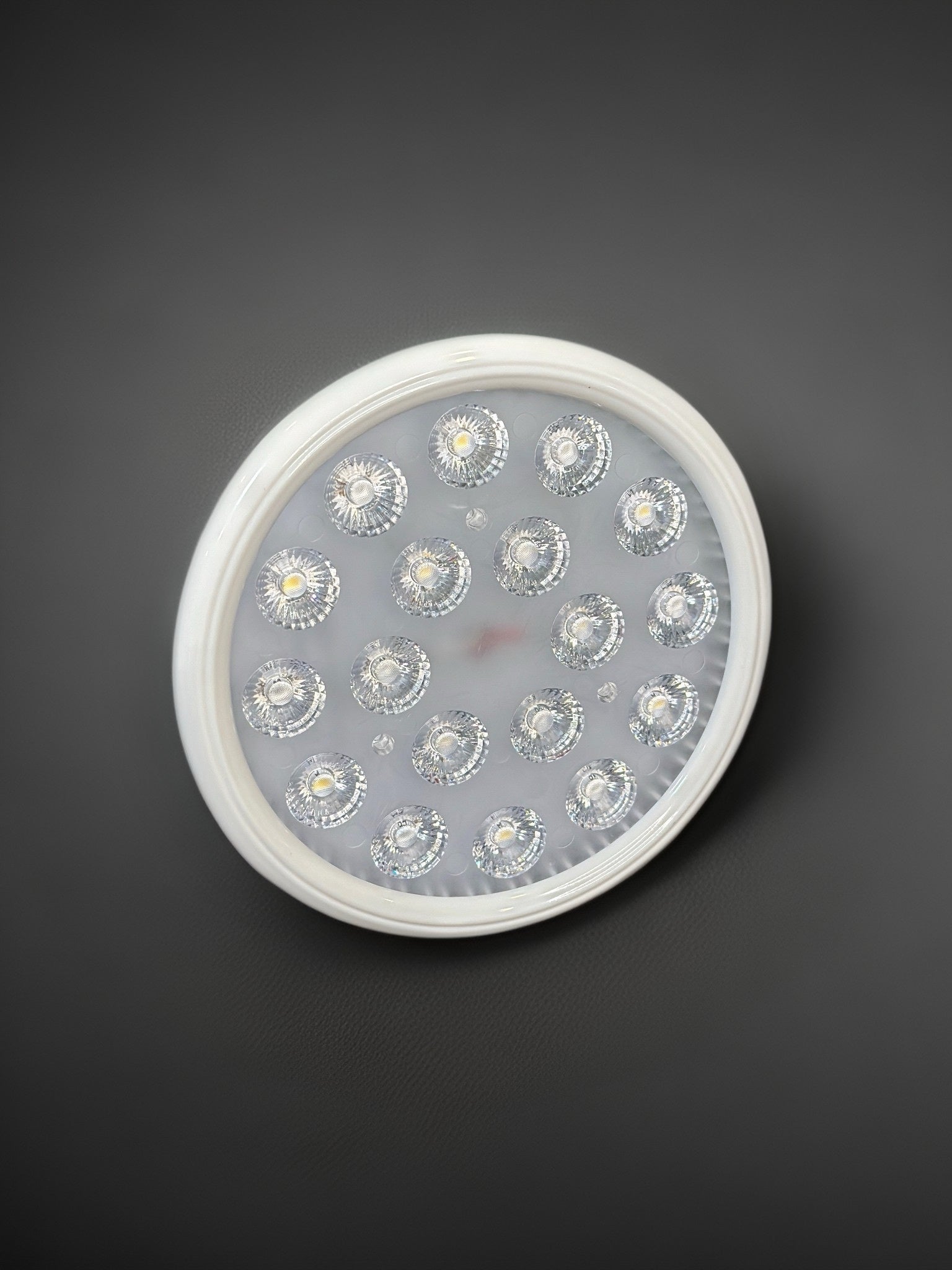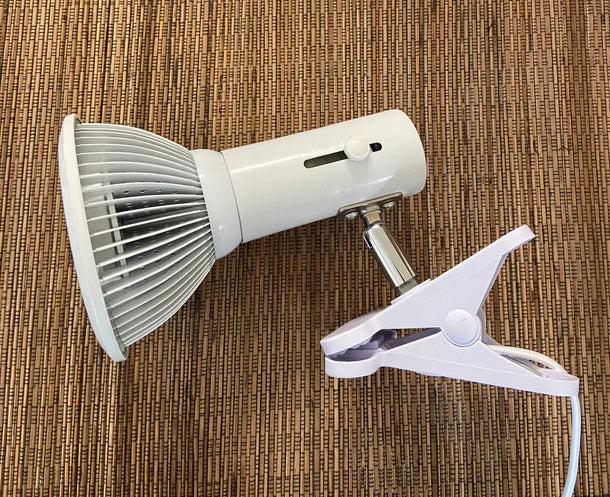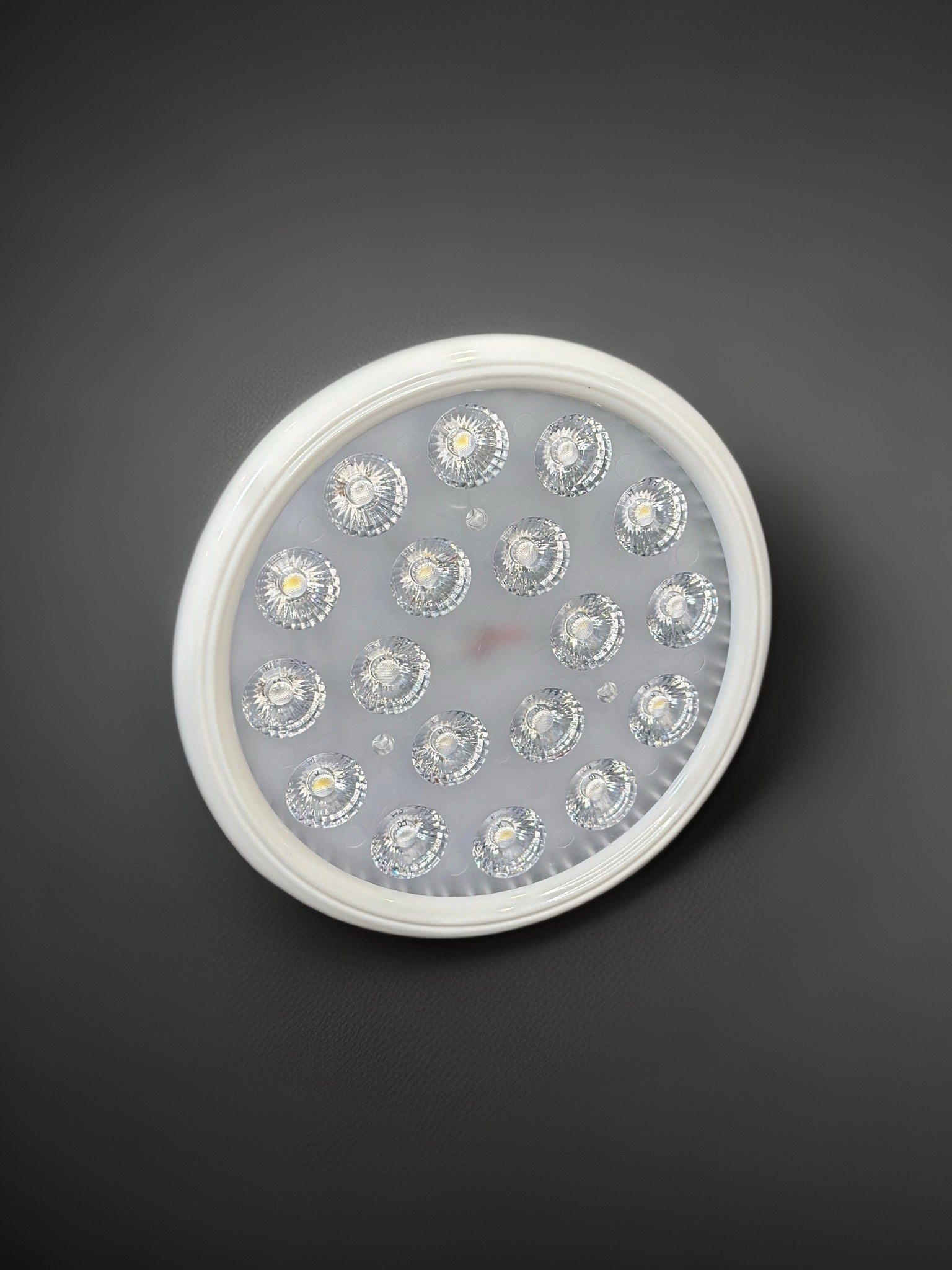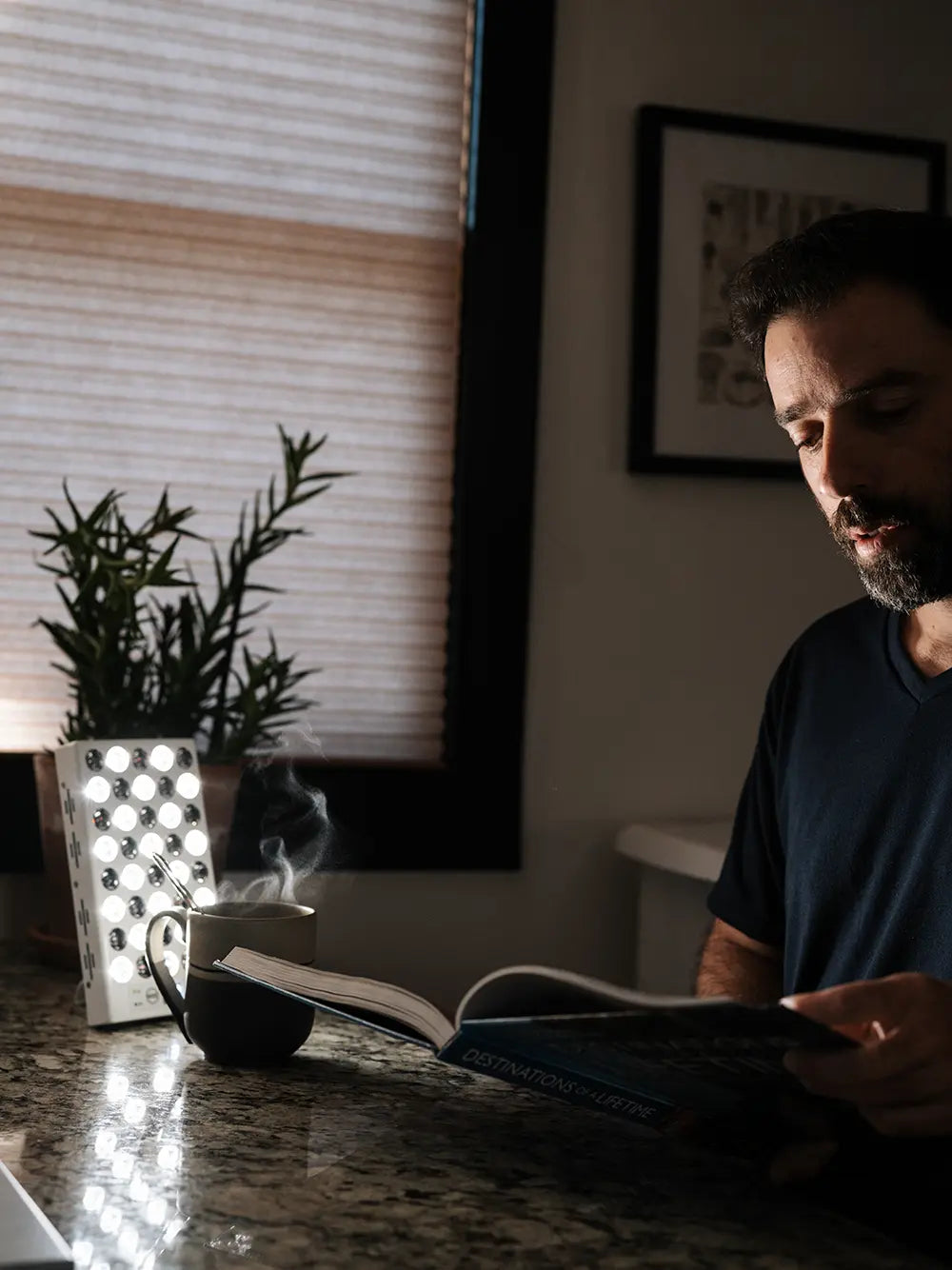
Photobiomodulation
Red Light Therapy (RLT), which is often comprised of a combination of 660nm red light and 850nm of near infrared light (NIR), is referred to as "photobiomodulation" and is clinically proven to restore aging skin, to smooth wrinkles, reduce fine lines and benefit vision. Additionally, RLT has been beneficial to reduce recovery time from exercise as well as manage pain in many cases.
PhotoBioModulation now has a unique "systemic" counterpart that provides 'gentle' irradiance:
SOL PhotoVites™
Irradiance:6" - 9.8 mW/cm212" - 4.6 mW/cm218" - 3.4 mW/cm224" - 2.8 mW/cm2
Blood PBM

All of the blood in the body passes thru the eyes approximately every two hours. Light entering the eyes is absorbed by the blood cells producing an amazing cascade of events.
- SOLshine Blood PBM may be experienced from either FSL mode 1 or NIR mode 2 only.
- FSL mode 1 includes both visible 'white' light and invisible NIR.
- NIR mode 2 does not include any visible white light.
- Either mode may be used for a timed session. NIR may be used for untimed sessions... especially when at the computer.
- One cannot OD on NIR mode 2 and it's beneficial night or day.
Unlike some photobiomodulation procedures that address "localized" RLT and/or whole body RLT which may require goggles, SOLshine's Nutritional Light Therapy (NLT) "showers the eyes" with both visible & invisible light waves from FSL mode 1 or from invisible light waves from NIR mode 2 that in fact modulate the body's blood supply and simultaneously regulates brain chemistry and circadian rhythms that control:
- Appetite
- Energy
- Mood
- Sleep
- Libido
- and so much more
In other words, instead of addressing a focused area of the body or wearing (whole-body) goggles, NLT utilizes a two-mode protocol to specifically "bathe" the eyes with the "fullest" spectrum of light nutrients to "nourish your brain" and also reduce retinal inflammation.
"Each separate frequency or color of sunlight has nutritional value for cells."
— Dr Jack Kruse, Neurosurgeon

